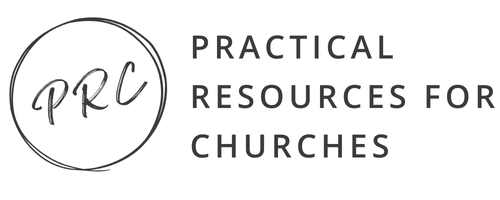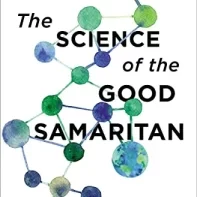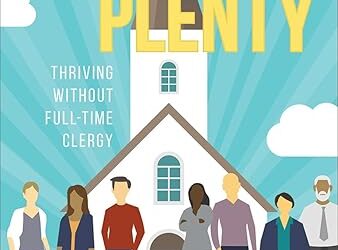Eight years ago, my family and I moved from the New York City suburbs to a city in Pennsylvania. New Yorkers have a reputation for being loud, brash, and sometimes rude. My experience with them has been more about being helpful, community minded, but in loud and somewhat brash ways. Pennsylvania is much more subdued. I learned quickly that people do not like to talk at the grocery store. When out for a walk, people do not like to wave, nod, or acknowledge fellow pedestrians. It has been an adjustment to learn how my neighbors prefer to live. There are more subtle ways of being the community here and when The Science of the Good Samaritan by Emily Smith came across my desk from the publisher, I was intrigued to see how the author examined the business of being the neighbors God calls us to be. This book did not disappoint.
Emily Smith is an epidemiologist who has worked in the field for over twenty years. Her passion is identifying root causes for systemic designs that keep people from receiving the medical care they need. She has worked around the world on issues, but came to public light during the covid-19 pandemic when she began her Facebook page, Friendly Neighbor Epidemiologist. The Science of the Good Samaritan is broken into three sections. In Part One; Centering, Smith examines the underlying systemic and social causes in inequity of healthcare and other basic needs in life. Part Two delves into the cost of the systems, while Part Three encourages the reader with out-of-the-box ways to improve the system and bring equity and justice to the forefront. She spends time discussing how medical systems can be improved and an equal amount of time discussing WHY we are called to do so, even if these neighbors are ones we will never meet. Smith ties together our Christian foundations with our collective medical knowledge and gives laypeople a reasoned and accessible resource to help guide our prayers, our learning, and our actions.
There are several ways you can use this resource in your ministry. You could easily use it for a semester-long book group for adults during faith formation time. The topics of each chapter lend well to conversations either in person, online, or in a combination of the two. People can read along at home, and if they cannot keep up on a certain week, they can easily drop into the conversations and read at their own pace. I could see leadership teams and mission teams reading this book together and discerning how your congregation is being called to be better neighbors. I would love to see the themes from the book used in multigenerational sessions, examining together across the generations what we can do together to be the neighbors we are called to be. (I’m looking at this for a Lenten multigenerational offering.) I definitely recommend giving this a read and looking at some out-of-the-box uses for this resource.





0 Comments